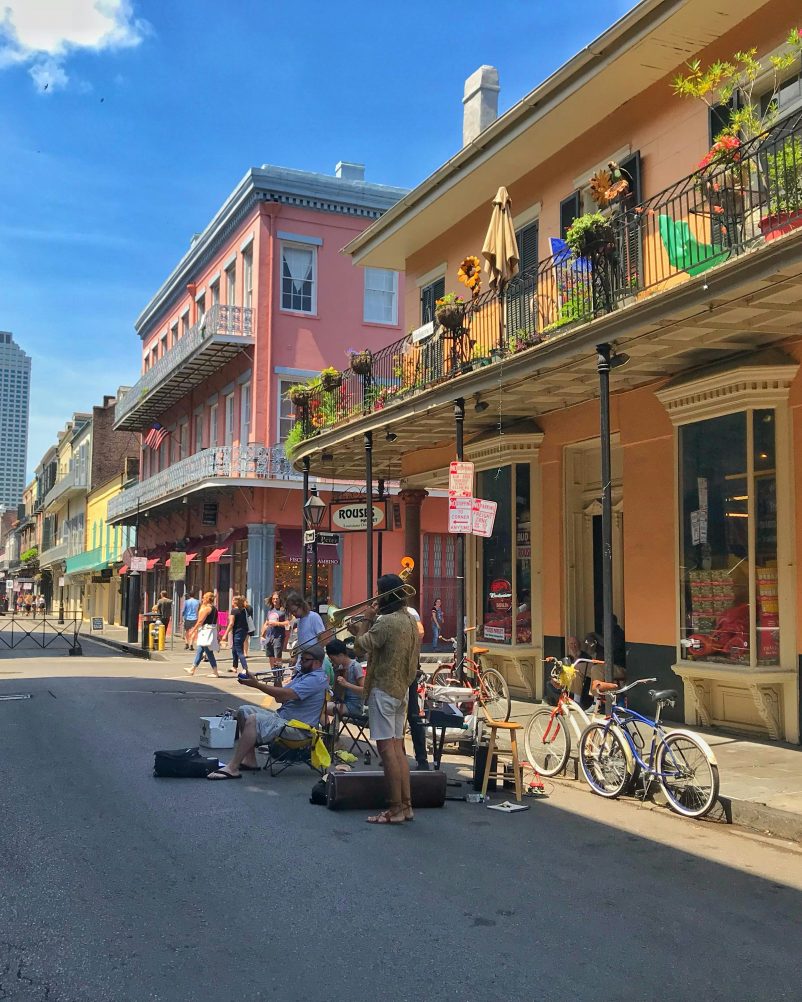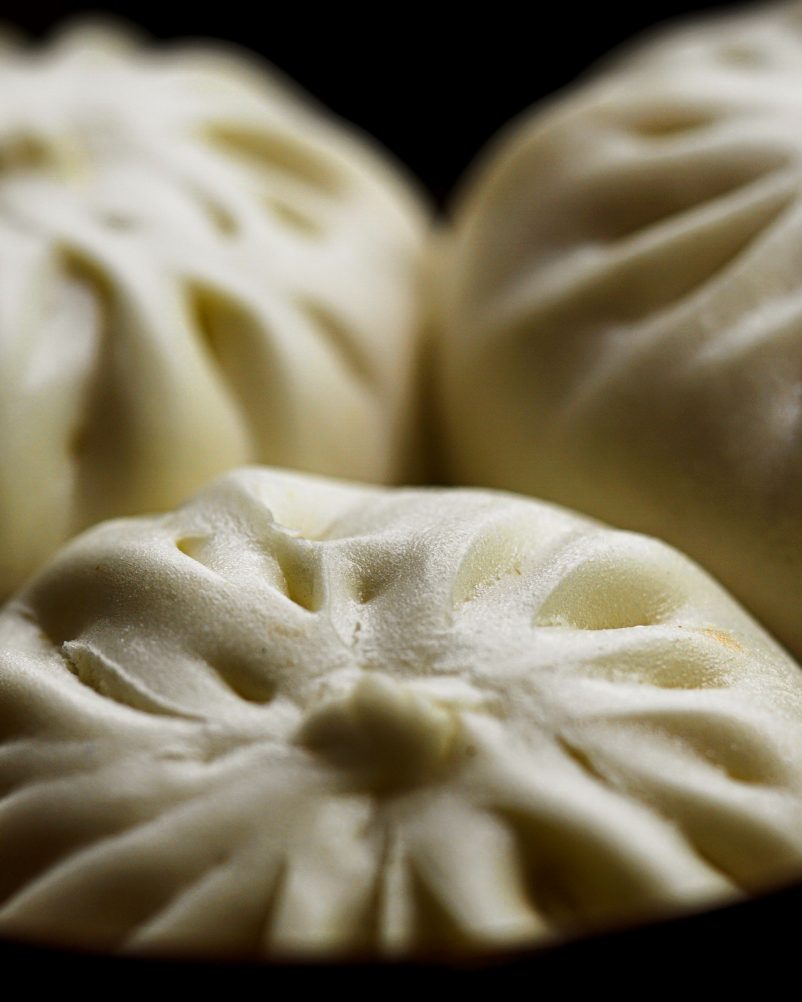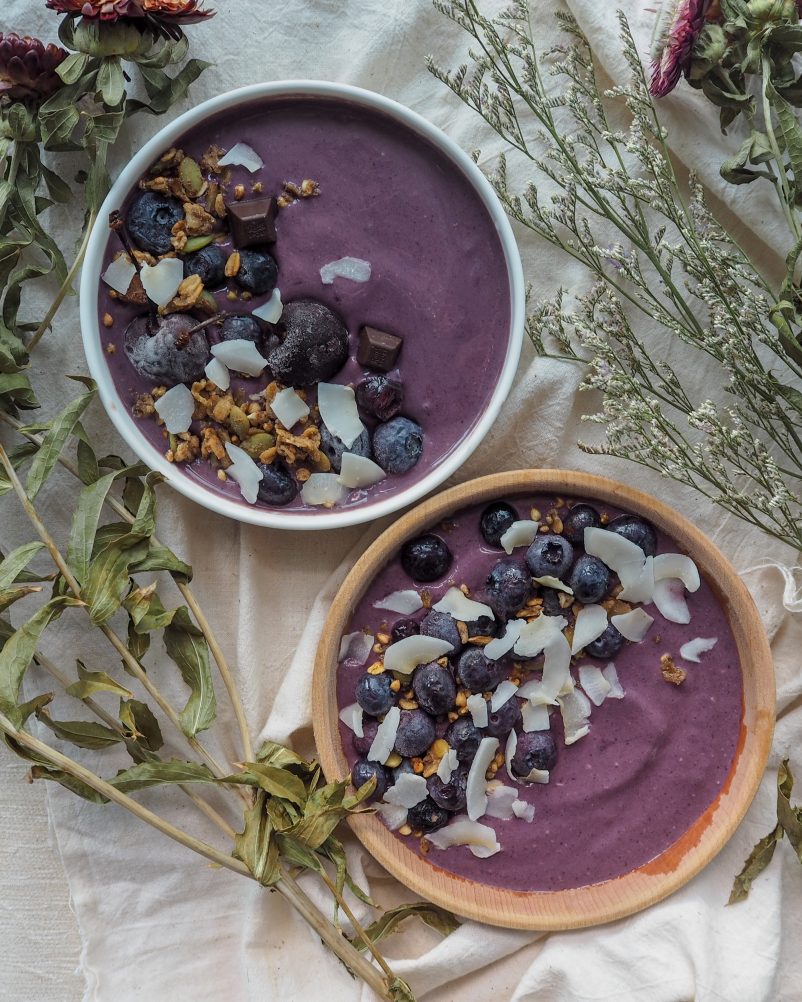
Brazil, with its vast and diverse landscape, is a treasure trove of exotic fruits that have captured the hearts and palates of people around the world. From the lush Amazon rainforest to the sunny orchards of the northeast, Brazil’s biodiversity offers a delightful array of flavors and textures that are as unique as the country itself. In this article, we embark on a journey to uncover the vibrant and mouthwatering world of exotic fruits in Brazil.
1. Açaí Berry
Nestled deep within the Amazon rainforest, the açaí berry is a jewel of Brazilian biodiversity. This small, dark purple fruit, resembling a grape but smaller, holds a unique position in the world of superfoods. Its flavor is an intriguing blend of dark chocolate with hints of wild berries, making it a tantalizing treat for the taste buds.
Beyond its remarkable taste, açaí berries are packed with antioxidants, particularly anthocyanins, which are renowned for their potential to boost energy, enhance skin complexion, and support heart health. This has catapulted açaí into global health food stardom. In Brazil, a popular way to enjoy açaí is in the form of a thick, velvety smoothie bowl, often garnished with granola, sliced bananas, and a drizzle of honey. This dish has become a global sensation, gracing menus in trendy eateries worldwide.
2. Jabuticaba
Jabuticaba, an enchanting fruit found exclusively in Brazil, captivates not only with its unique taste but also its extraordinary growth habit. Unlike most fruits that dangle from branches, jabuticaba fruits grow directly on the trunk of the tree, creating a stunning visual spectacle. These small, dark purple berries burst with a sweet and slightly tart flavor, reminiscent of a combination of grapes and plums.
Beyond its aesthetics, jabuticaba holds a special place in Brazilian culture and cuisine. Brazilians often transform its luscious berries into jams, jellies, wines, and liqueurs, making it a beloved ingredient in both traditional and modern recipes. Moreover, jabuticaba season is marked by festivals and gatherings in Brazil, highlighting its deep-rooted connection to the nation’s culinary heritage.
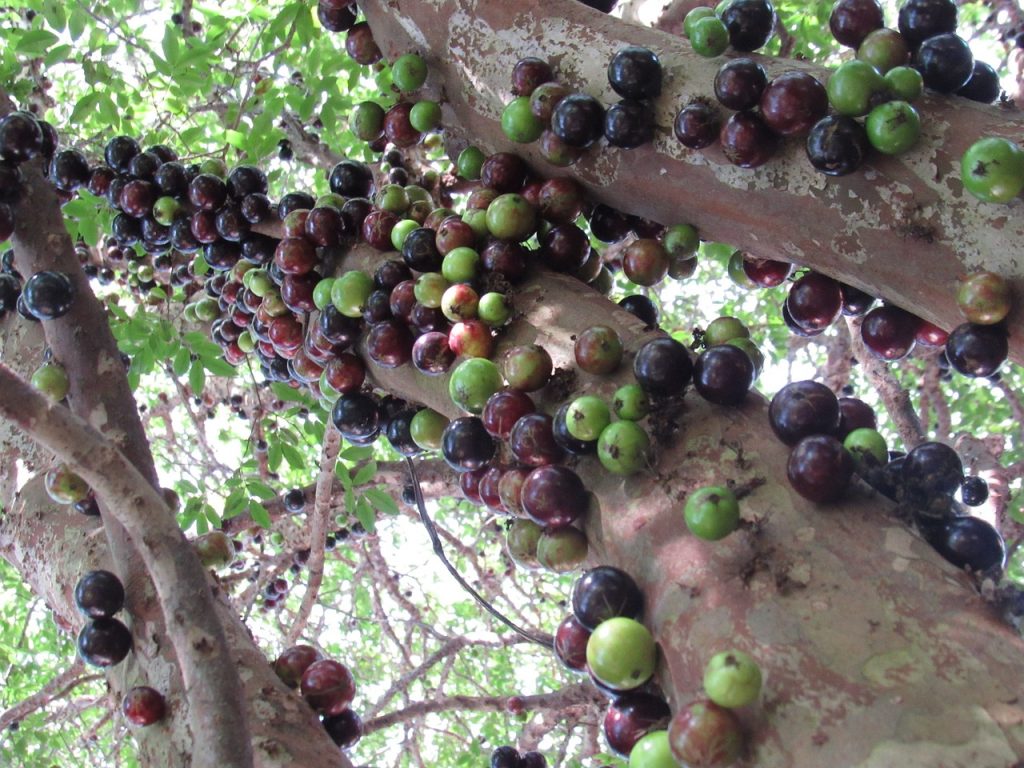
Photo by Unsplash.
#BrazilianDelights #Jabuticaba
3. Guava
Guava, known as “goiaba” in Portuguese, is a tropical delight that graces the tables of Brazilian households and restaurants alike. Its fragrant aroma and sweet-tart taste are unmistakable, making it an iconic fruit in Brazil’s culinary repertoire.
Guava shines in various forms, but one of its most famous iterations is “goiabada,” a sweet jelly-like paste. The classic combination of goiabada and cheese, known as “Romeo and Juliet,” is a beloved Brazilian treat. Beyond its delightful taste, guava is packed with nutrients, including vitamin C, dietary fiber, and essential minerals. It’s no wonder that guava is not just a delicious snack but also a nutritious addition to any diet.
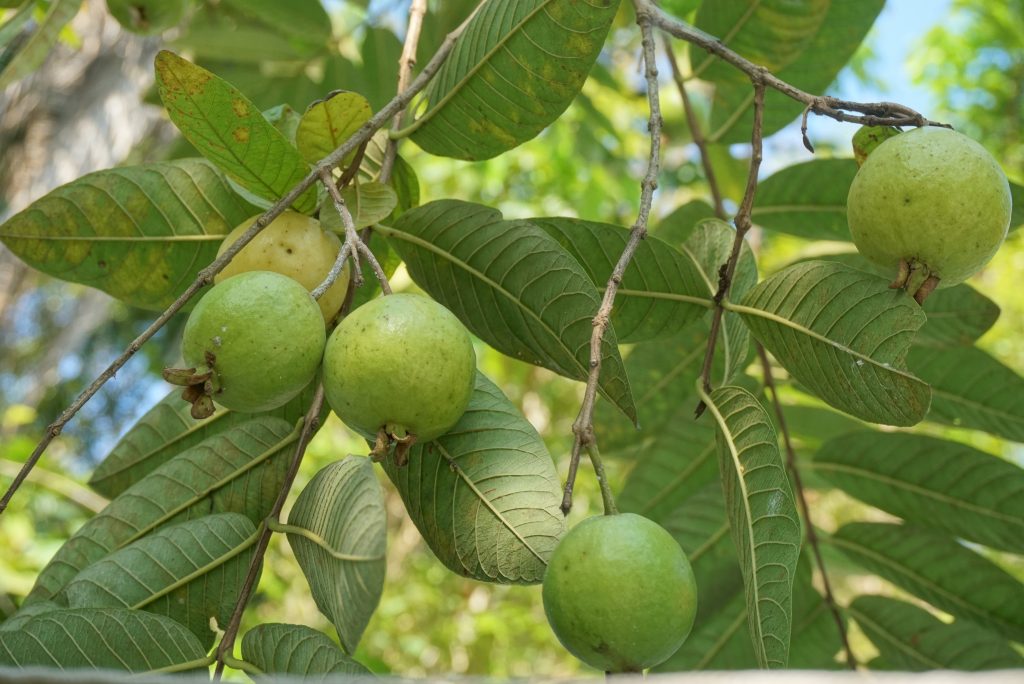
Photo by Anisa Wulan.
#TropicalFlavors #BrazilianGuava
4. Cupuaçu
Hailing from the Amazon basin, cupuaçu is often referred to as cacao’s exotic cousin due to its similar appearance. However, cupuaçu boasts a flavor profile all its own, with notes of pineapple, pear, and chocolate. This tantalizing combination makes it a sought-after ingredient in both culinary and cosmetic applications.
Cupuaçu plays a pivotal role in Brazil’s culinary landscape, featured in a variety of desserts, beverages, and even chocolates. The pulp of the cupuaçu fruit is not only delicious but also rich in vitamins, minerals, and antioxidants. Its potential health benefits are becoming increasingly recognized, adding to its appeal in modern diets and wellness circles.
5. Pitanga
Pitanga, also known as the Surinam cherry, is a vibrant and refreshing fruit that adds a burst of color and flavor to Brazil’s culinary traditions. With its bright red hue and a flavor that balances sweetness and tartness, pitanga is a delightful tropical treat.
Pitanga holds a unique place in Brazilian culture, often associated with celebrations and festivities. Whether enjoyed fresh or as a juice, it offers a moment of refreshment on hot Brazilian days. Beyond its delectable taste, pitanga is a source of wellness, boasting vitamin C and a range of antioxidants, making it a flavorful and health-conscious choice for those exploring Brazil’s exotic fruits.
Exploring the vibrant world of exotic fruits in Brazil has been a delightful journey of taste and culture. The Açaí berry’s rich, antioxidant-packed goodness, Jabuticaba’s unique growth habit on tree trunks, Guava’s fragrant sweetness, Cupuaçu’s captivating blend of flavors, and Pitanga’s vibrant tropical charm have left us craving more of the diverse and flavorful experiences that Brazil has to offer.
Now, let’s shift our gaze to another enticing destination, Fiji, with its remarkable “Fiji Marriott Momi Bay.” This luxurious retreat promises a fusion of natural beauty, culture, and unparalleled hospitality. Fiji, known for its pristine beaches, vibrant marine life, and warm-hearted locals, offers a paradise-like escape for travelers seeking relaxation and adventure.
Join us as we venture into the world of Fiji Marriott Momi Bay, where the turquoise waters of the Momi Bay meet lush greenery. Discover the magic of Fiji’s islands, where every sunset paints a new masterpiece and every moment is an opportunity for unforgettable memories. Dive into this tropical haven and let Fiji’s charm capture your heart.

